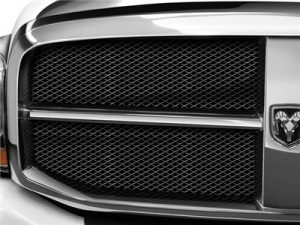Expanded metal for car grilles is a type of material used in the construction of vehicle grilles, which are typically located at the front of the car and serve both functional and aesthetic purposes. Expanded metal refers to a metal sheet that has been processed to create a pattern of diamond-shaped openings.
Here are some key characteristics and features of expanded metal for car grilles:
Material: Expanded metal for car grilles is commonly made from durable and lightweight metals such as aluminum or stainless steel. These materials offer good strength-to-weight ratio, corrosion resistance, and longevity.
Design and Pattern: Expanded metal is created by cutting and stretching a metal sheet, resulting in a mesh-like pattern with diamond-shaped openings. The pattern can be customized to achieve different opening sizes and shapes, allowing for various design possibilities.
Functionality: Car grilles with expanded metal provide several functional benefits. They allow air to flow into the engine compartment, helping to cool the radiator and other engine components. The mesh pattern also acts as a barrier, preventing larger debris, such as rocks or insects, from entering the grille area.
Aesthetics: Expanded metal grilles offer a unique and distinctive look to a vehicle. The pattern adds a touch of visual interest and can be customized to complement the car’s overall design. The open mesh design may also provide a glimpse of the radiator or other components behind the grille, adding to the aesthetic appeal.
Customizability: Expanded metal grilles can be tailored to meet specific design requirements. The size and shape of the diamond openings can be adjusted, allowing for different levels of airflow and visual effects. Additionally, the metal sheet itself can be powder-coated or painted in various colors to match the car’s exterior or desired style.
Expanded metal for car grilles offers a combination of functionality, aesthetics, and durability. It provides a visually appealing and practical solution for protecting the vehicle’s front end while allowing sufficient airflow to critical engine components.
